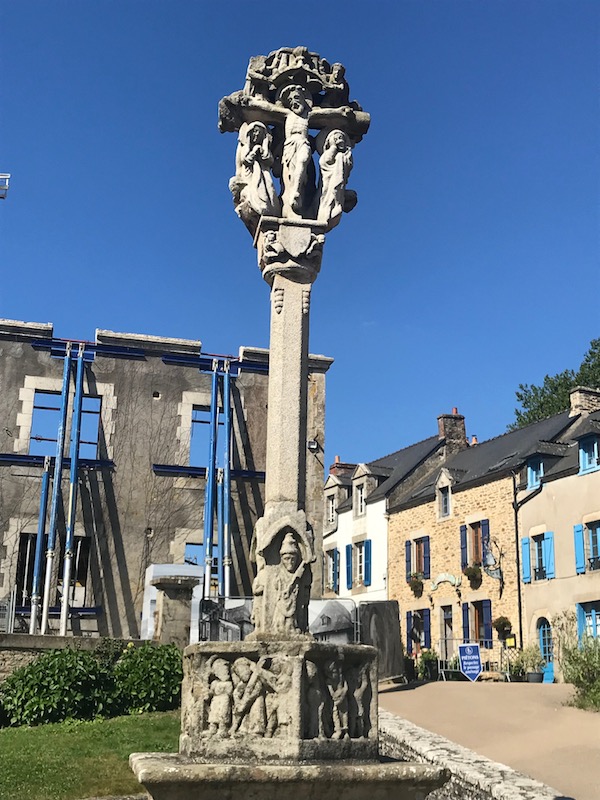Our Blog - Bretagne Trip - Summer 2021 - Rochefort-en-Terre, France
Rochefort-en-Terre is another one of the "Plus beaux villages" or most beautiful villages in France. It was also elected the "favorite village of the French" in 2016 in that yearly competition. With those 2 things to its credit, no wonder that it is one of Brittany’s most visited sites. We never know what we will get when we show up at a Plus Beaux Village .. some of them are really beautiful but 20 buildings perched on a cliff with nothing else there ... others are like this one: a busy little village with narrow streets, lots of artists ateliers and workshops, lots of houses with flowers, and plenty of cafes, restaurants, and crêperies.
The founding of the villages dates back to the 11th century when the priory of Saint-Michel Hail was founded by one of the first lords of Rochefort on the site of the Saint-Michel chapel (you'll see this shortly).
A few general pictures of the buildings in the village, some date back to the 16th and 17th centuries, as you can see from one of the dates over a door.

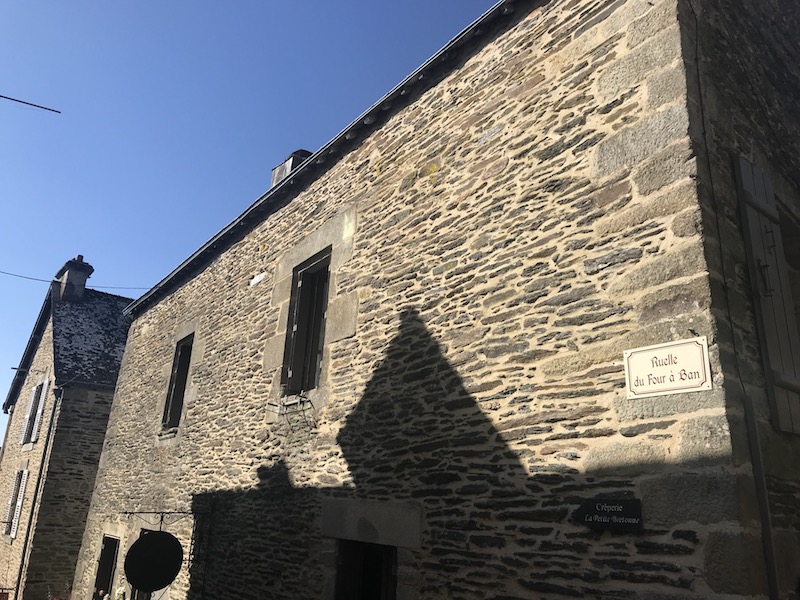
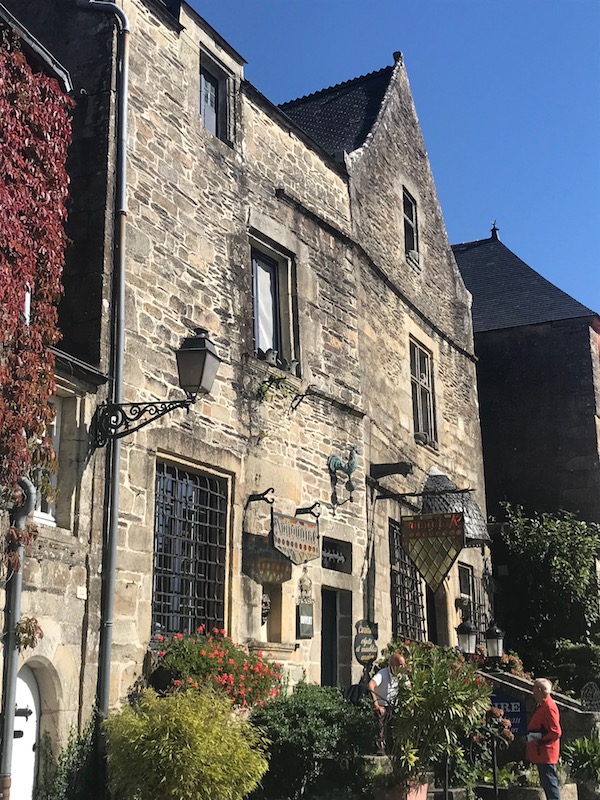
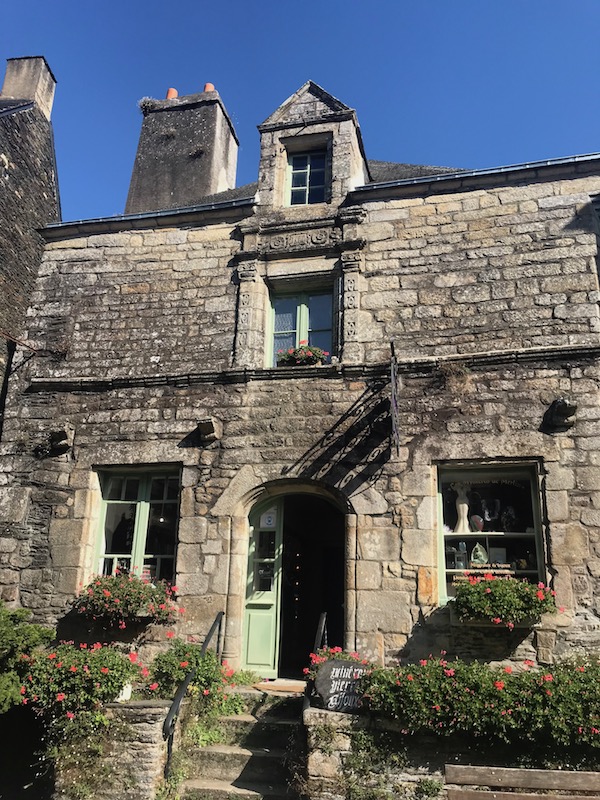
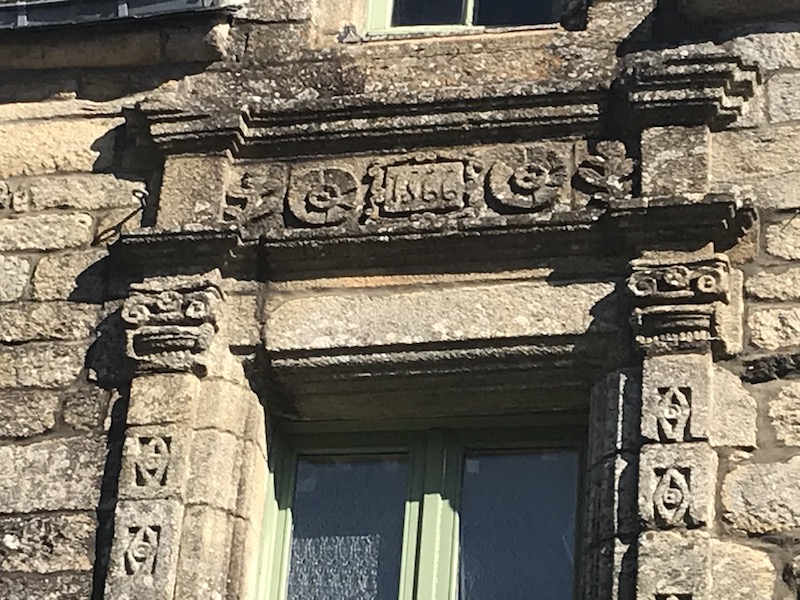
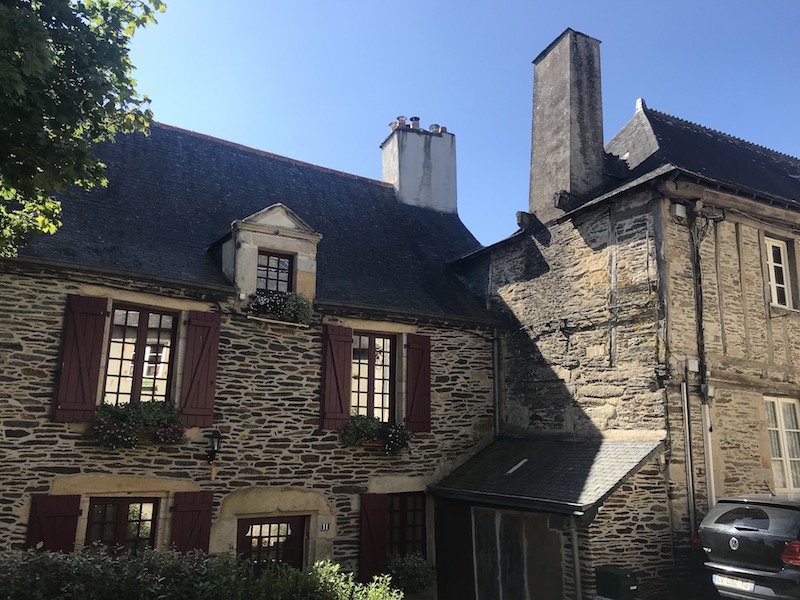
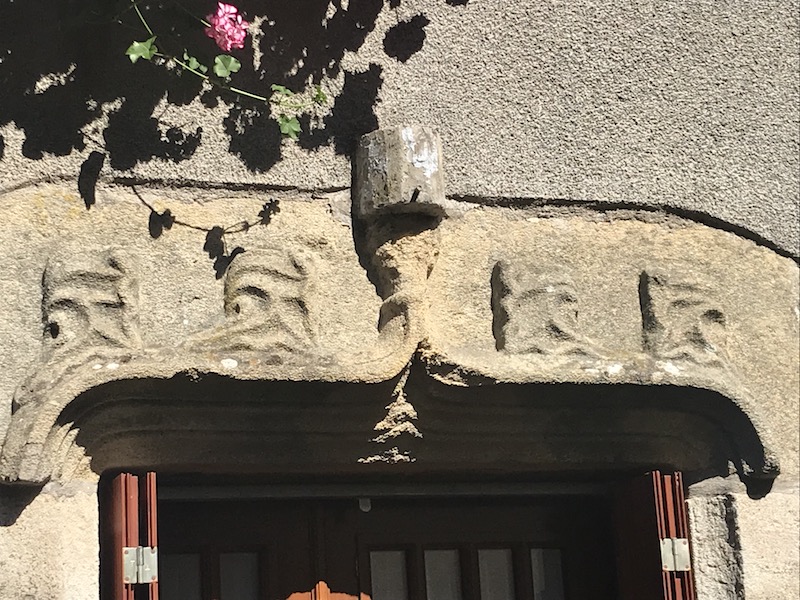
This is Place du Puits, where you can see various different architectural periods: slate & granite houses alternating with half-timbered houses. The town's first covered market was here before being moved to the newer market halls (shown below). The guillotine was also probably setup here in 1793 for the execution of 3 people convicted for counter-revolutionary crimes.
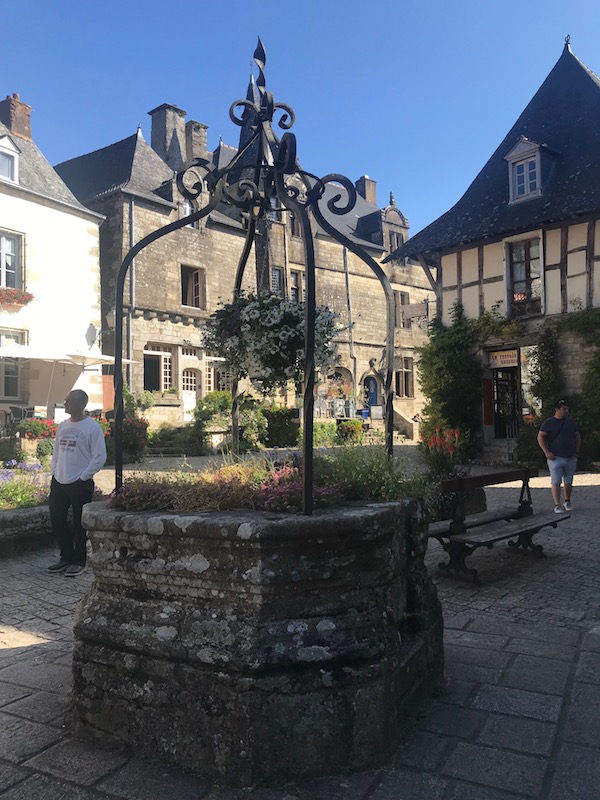
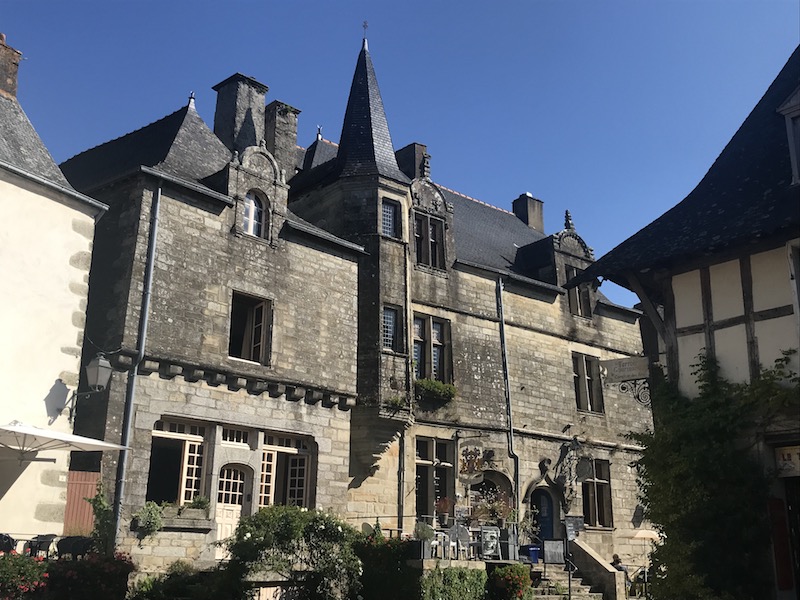
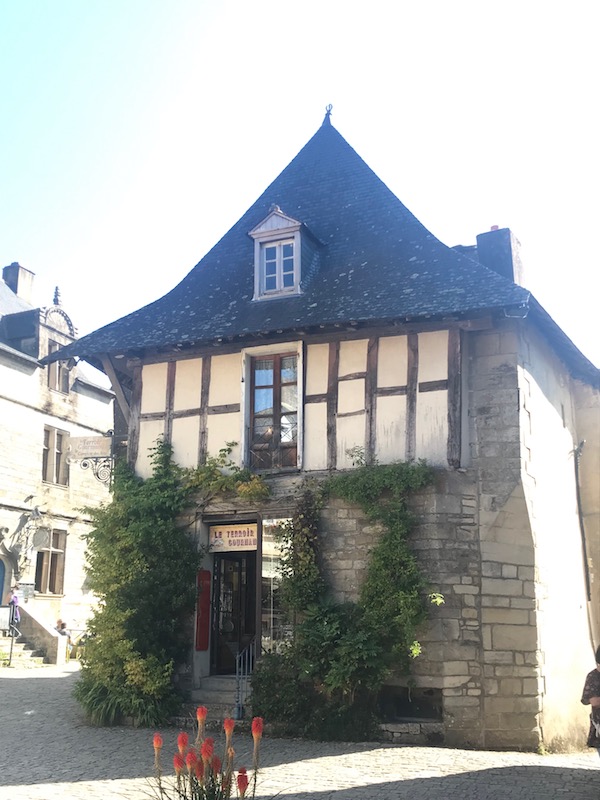
This is called the the Lion Tower, and dates from the 16th century.
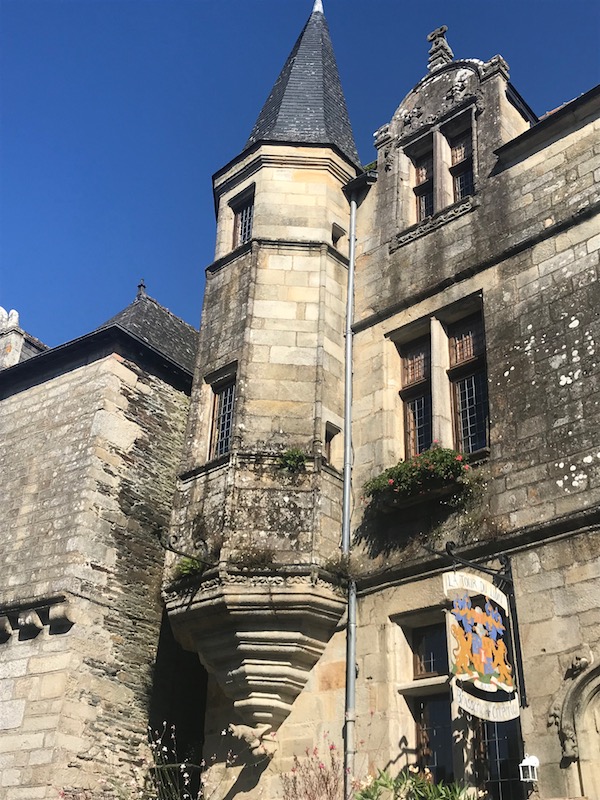
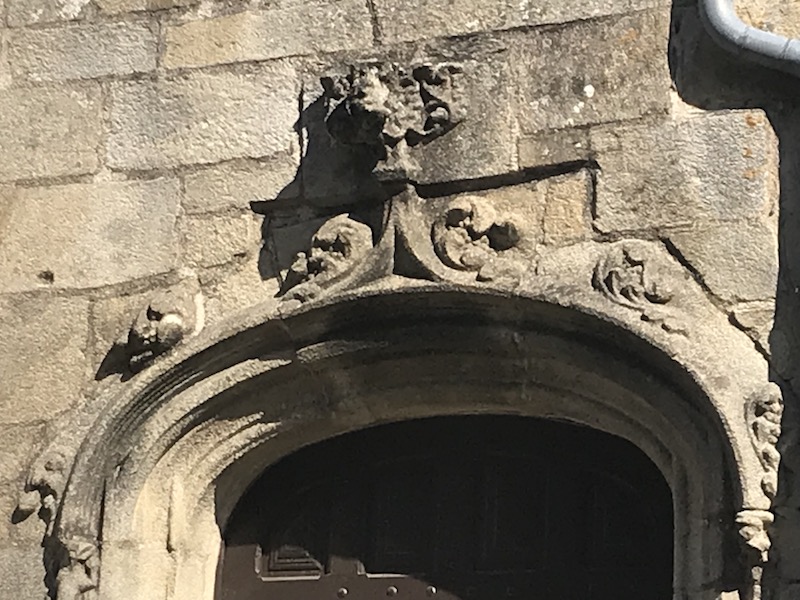
As the town's main square starting in the 17th century, Place des Halles has always been an important place in town. Here we find the old U-shaped market halls.
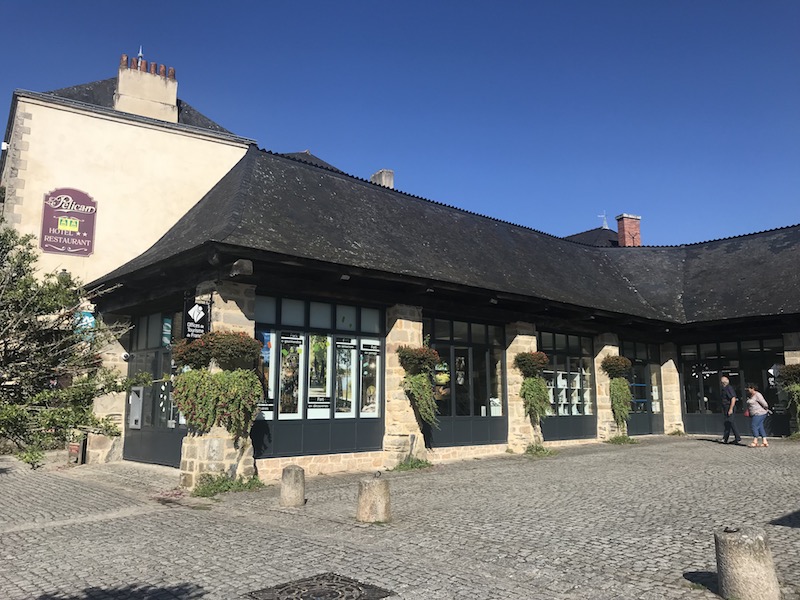
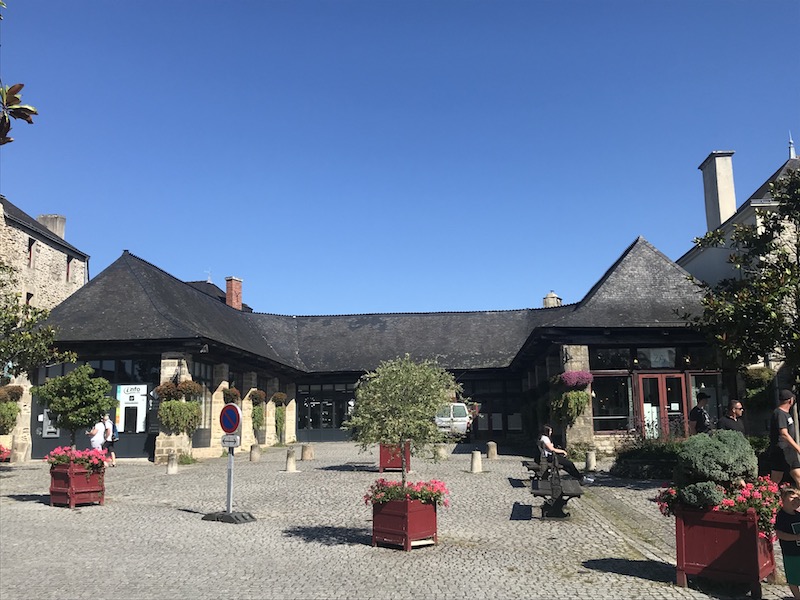
St. Michael de la Grêle Chapel dates back to the 17th century, and replaced an older Priory that belonged to the Benedictine Abbey of Redon. It is no longer in general use and I had to take the interior picture through a tiny space in the door window.

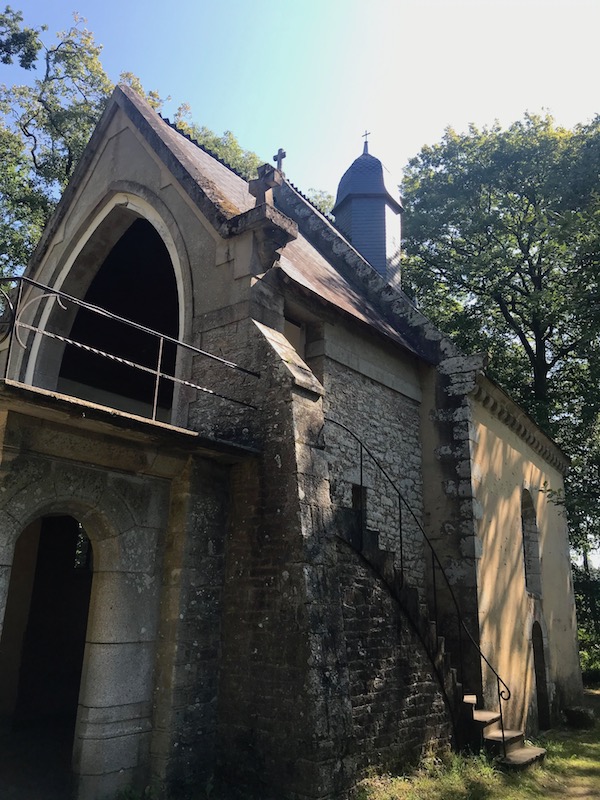
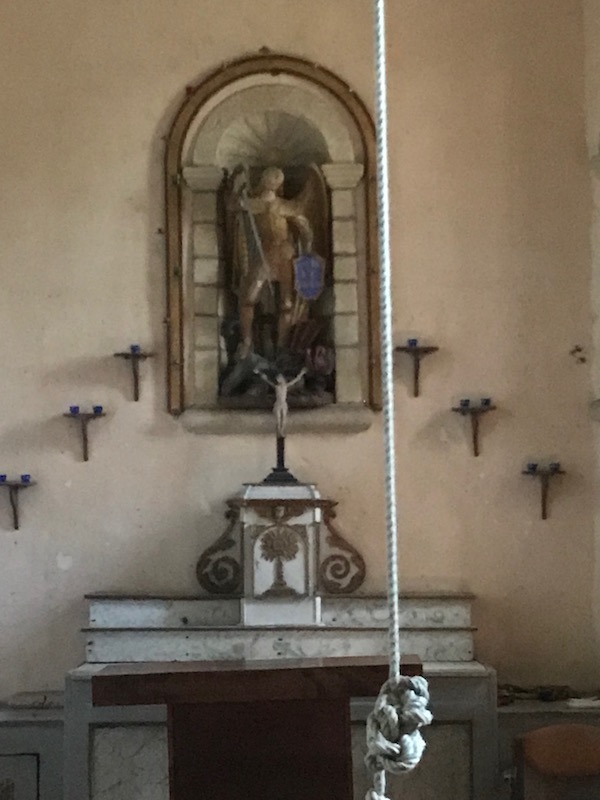
This 16th century public washhouse got its water from the nearby Le Candré river.
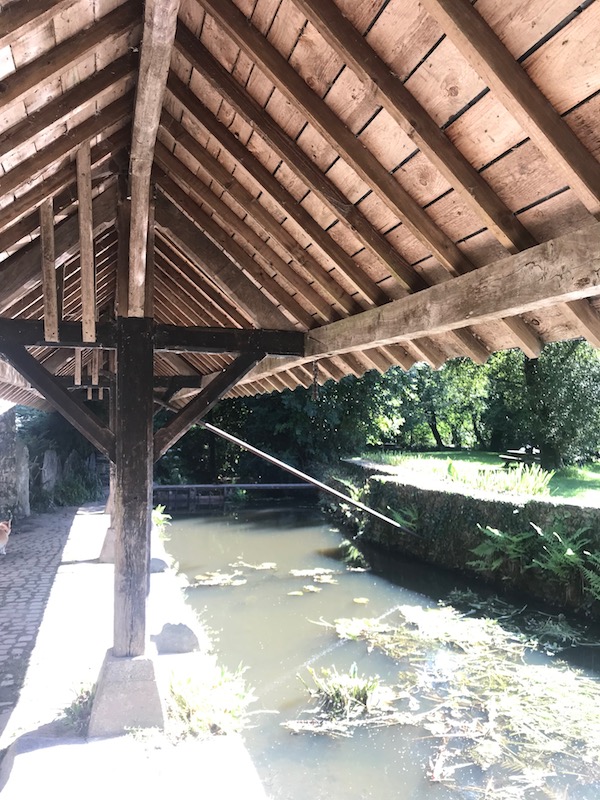
Porte de L'Etang was one of the entrances to the village on the North-South route. This is where salt would have come through the town from Guérande heading inland.
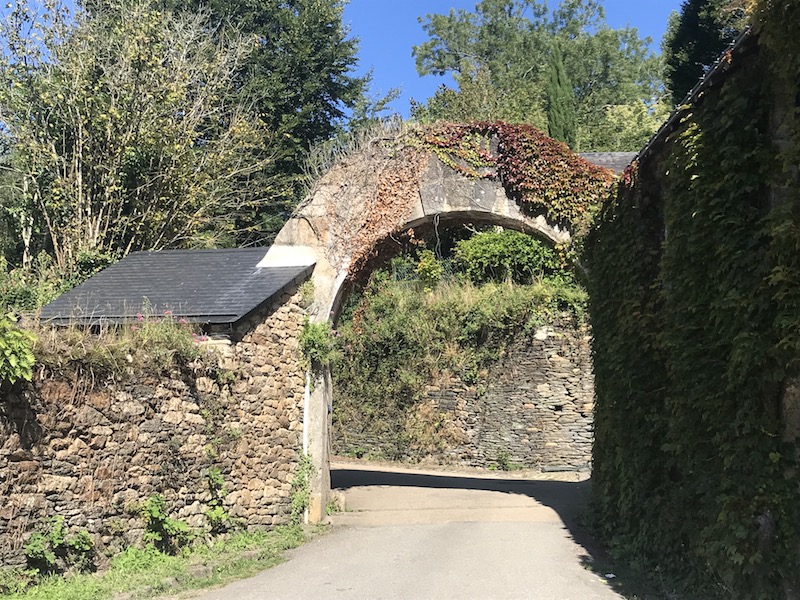
The main church in town is the Eglise Notre-Dame-de-la-Tronchaye. The building of the church starts with a legend from the 9th or 10th century. Supposedly a priest hid a wooden statue of the Virgin Mary breast-feeding her baby in a hollow tree trunk in order to protect it from pillaging during the Norman invasions. Two centuries later, a shepherdess found the statue in the tree trunk and the town decided to build a church there. You will see this story in one of the stained-glass windows.
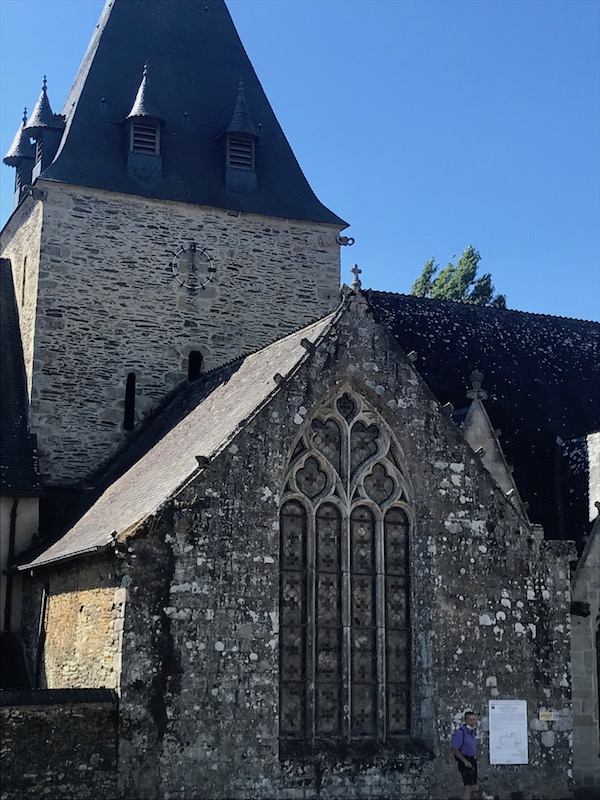
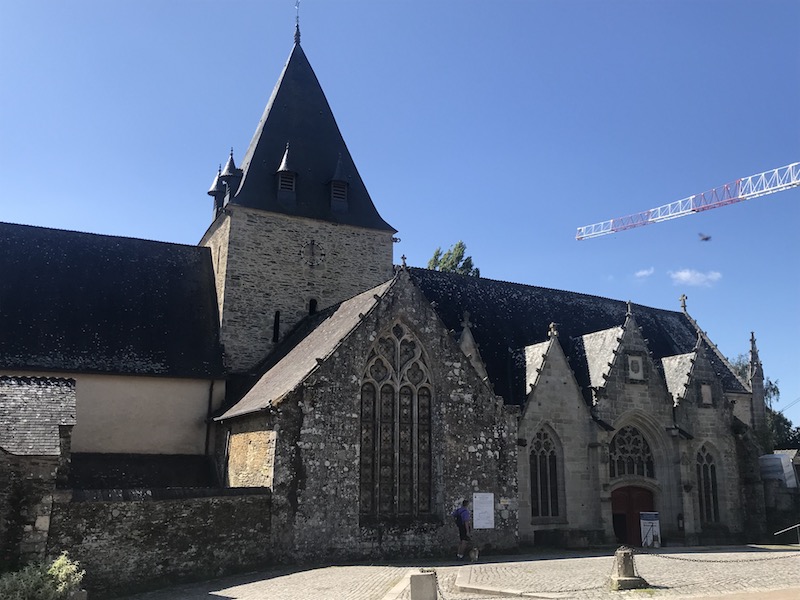
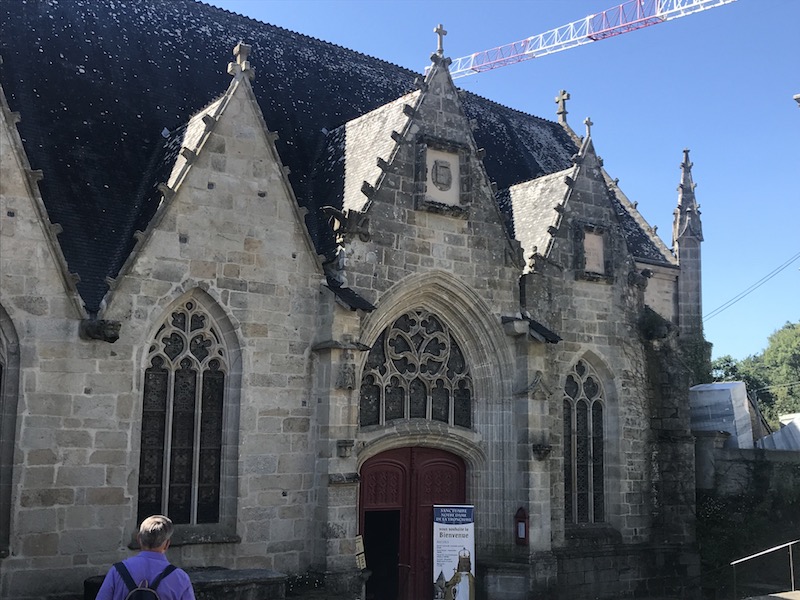
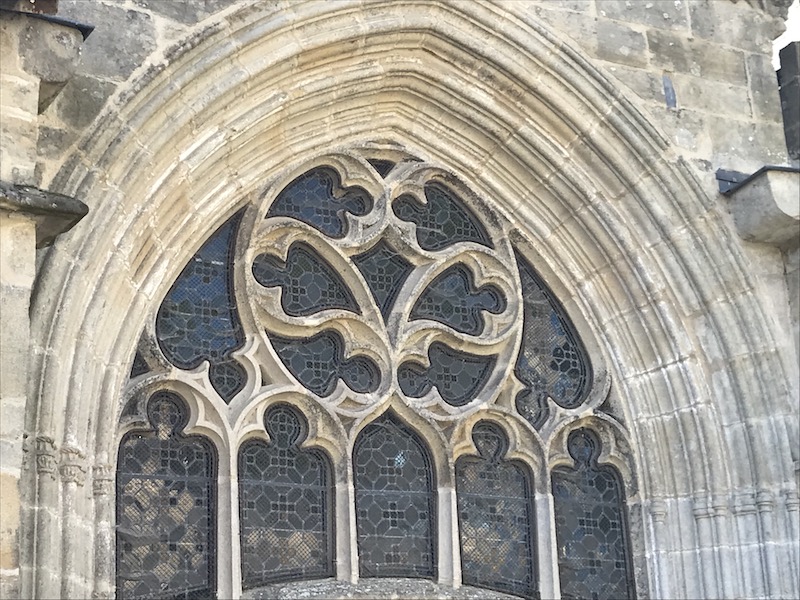

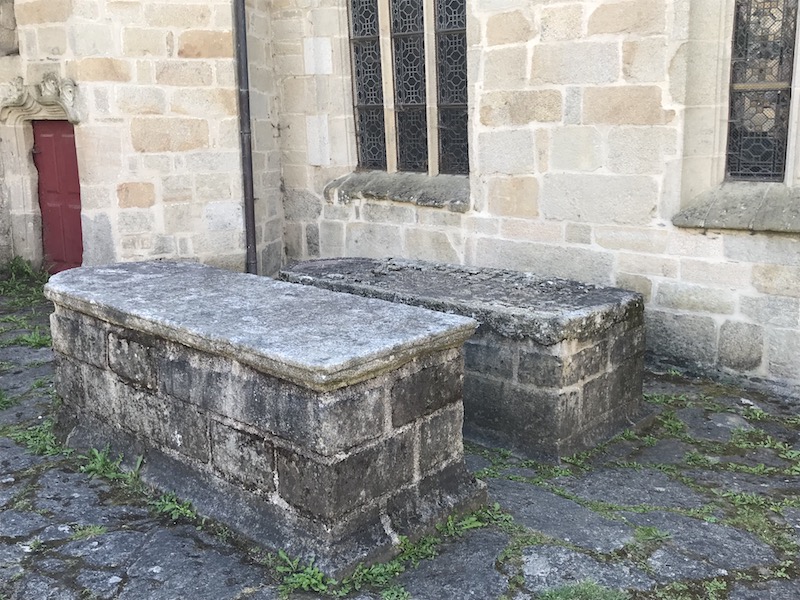
The interior has a semi-odd shape due to it being extended to add supports to keep the church from collapsing due to the erosion of the soil underneath it.
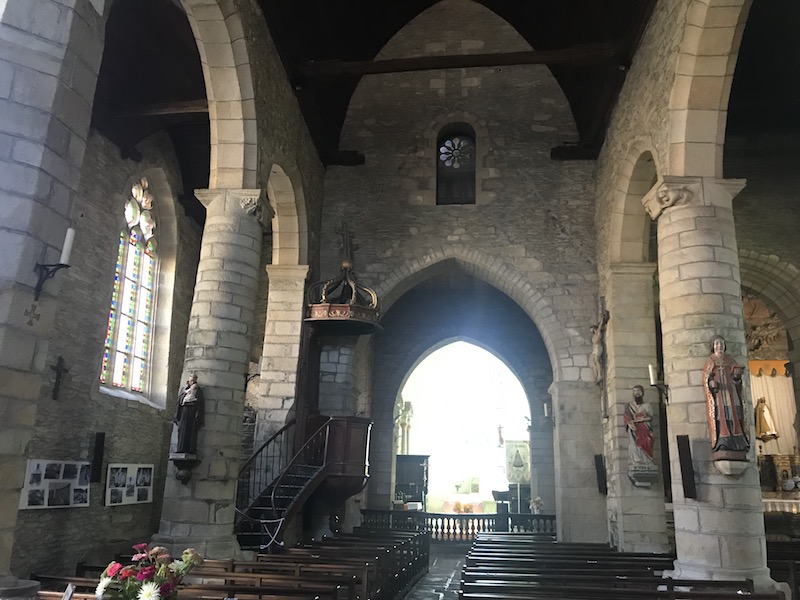
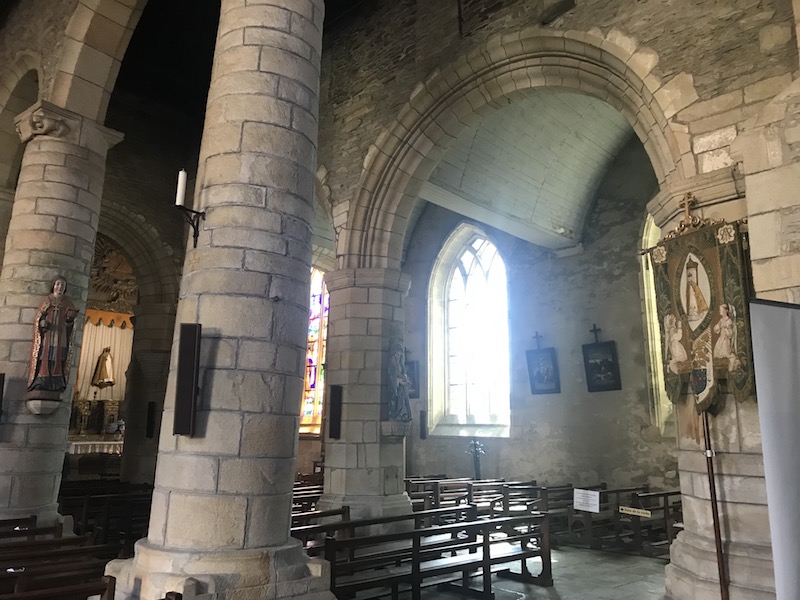
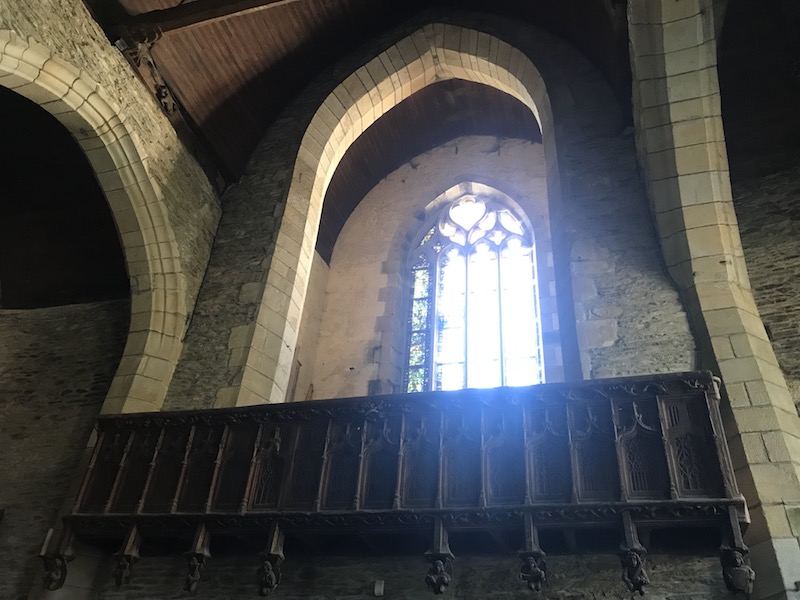
Here is the stained-glass window which recounts the story of the shepherdess finding the wooden status in the tree trunk. The window was done in 1927.

The other nice stained-glass window is this one, created in 1926, which represents the Holy Family.
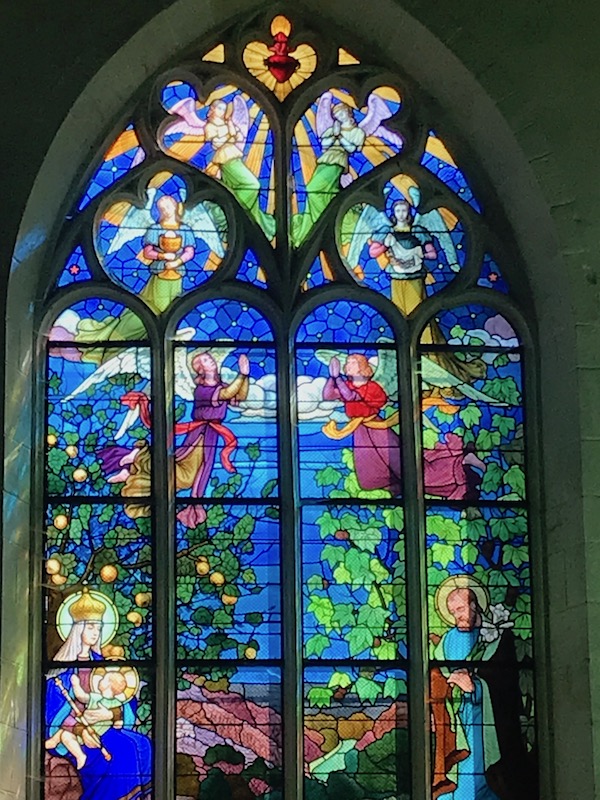
This is the monument to the dead for World War I from 1914 - 1918.
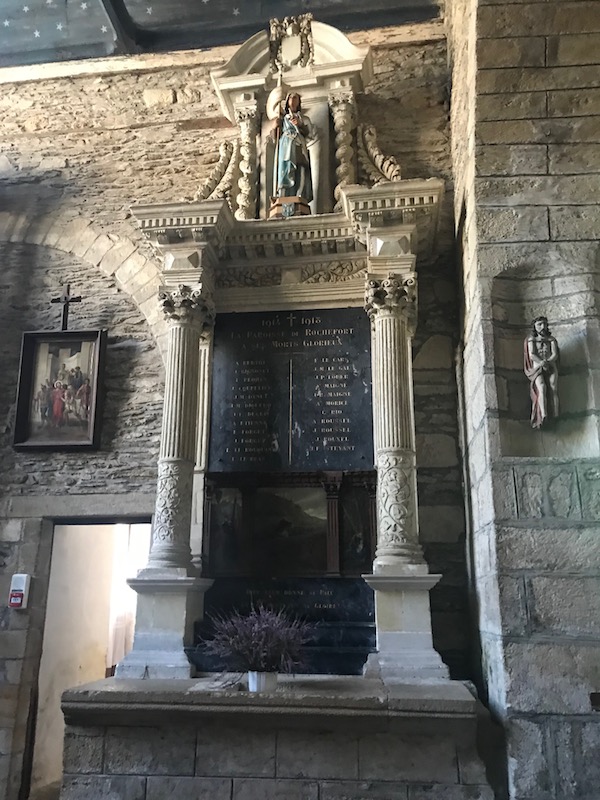
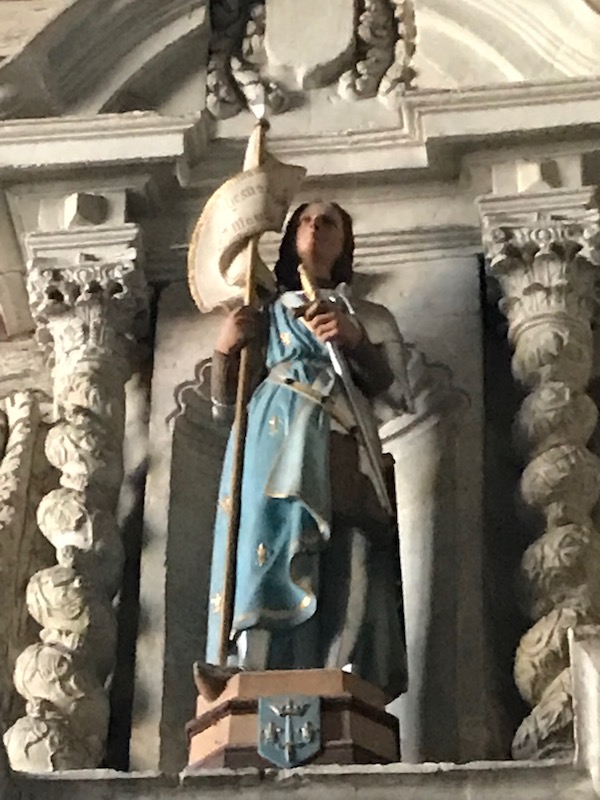
This Calvary is located in front of the church. It depicts the Passion and the Ascension of Christ.
